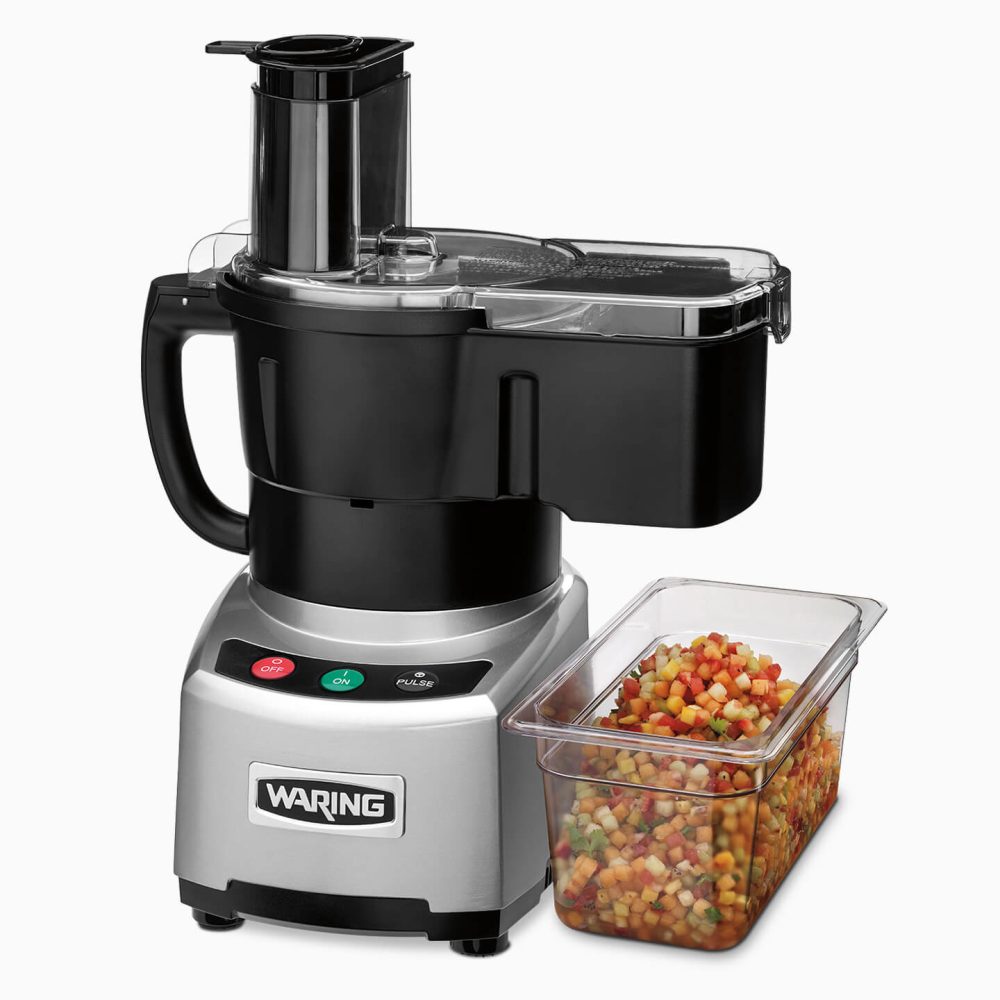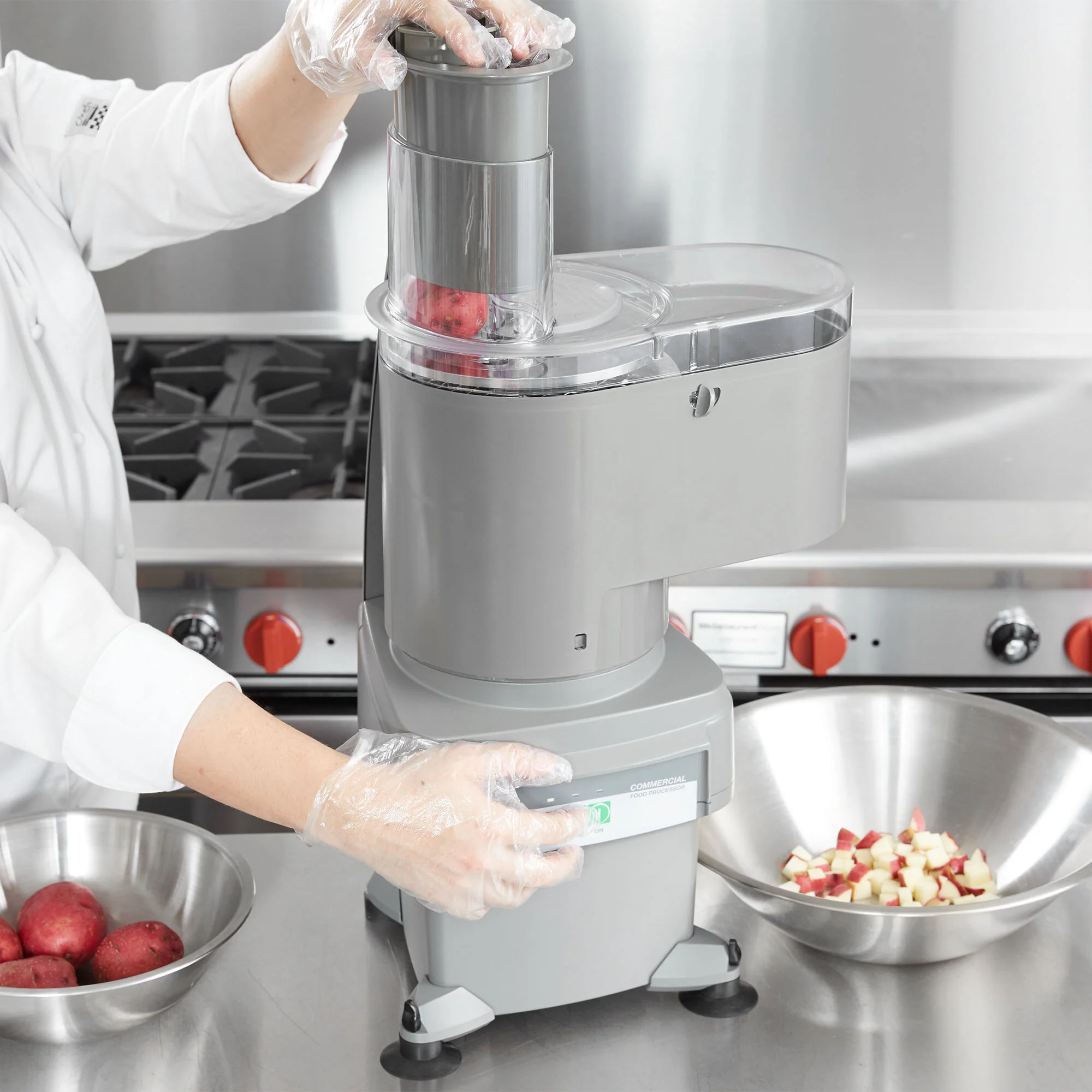
Food processors are versatile kitchen appliances that can save time and effort in meal preparation. These gadgets can chop, slice, shred, and even knead dough, making them essential tools for both home cooks and professional chefs. But the question remains: what can I use a food processor for? In this extensive guide, we will delve into the myriad uses of food processors, exploring different techniques, recipes, and tips for getting the most out of this incredible appliance.
The Basics of Food Processors
Understanding the Components: What Makes Up a Food Processor?
Before exploring the many uses of a food processor, it’s essential to understand its various components. A typical food processor consists of:
- Bowl: The large container where ingredients are placed.
- Lid: Helps prevent spills and keeps ingredients contained.
- Blades: Sharp attachments designed for different tasks, such as chopping, shredding, and slicing.
- Feed Tube: Allows you to add ingredients while the machine is running.
Learning how to use each component effectively will enhance your culinary experience. Each part serves its unique purpose and can dramatically affect how your food is processed.
How to Choose the Right Food Processor
When considering what can I use a food processor for, it’s crucial to start with the right model. Food processors come in various sizes and power levels. Here are some factors to consider when choosing a food processor:
- Size: Think about the volume of food you typically prepare. For a small household, a compact model may suffice. Larger families may require a more extensive capacity.
- Power: If you plan to process tough ingredients, opt for a more powerful motor. A motor with at least 600 watts is good for most home cooking tasks.
- Attachments: Consider the variety of blades and discs that come with the food processor. They can range from slicing and shredding discs to kneading blades.
Everyday Kitchen Tasks
Chopping and Dicing
One of the primary uses of a food processor is chopping vegetables, fruits, and herbs. This can easily save you time compared to manual dicing. Here’s how to do it effectively:
- Choose the Right Blade: Most food processors come with a metal S-blade that works well for chopping.
- Prep Your Ingredients: Cut larger items into manageable sizes to facilitate easier processing.
- Pulsing: Use the pulse function for more control over the chopping process. This technique allows you to achieve the desired consistency without overprocessing.
Benefits of Using a Food Processor for Chopping
- Speed: Potatoes, onions, and other hard vegetables can be chopped in mere seconds.
- Uniformity: The even size of chopped ingredients ensures uniform cooking.
- Less Mess: Reduces the cleanup associated with using knives and cutting boards.
Mixing and Whipping
Food processors are also fantastic for mixing ingredients, such as batter or dough.
- Baking: You can use your food processor to combine flour, sugar, and butter to create a perfectly mixed batter for cakes or cookies.
- Whipping Cream: For a light and airy whipped cream, pour heavy cream into the bowl and pulse until soft peaks form.
How to Mix Dough
- Use the Dough Blade: Some food processors come with a specialized dough blade that is ideal for kneading bread or pastry dough.
- Add Ingredients Gradually: Start with flour and dry ingredients, adding wet ingredients slowly while processing.
Gourmet Cooking Techniques
Making Nut Butters
Nut butters are not only delicious but also highly nutritious. A food processor makes the process seamless.
- Select Your Nuts: Almonds, cashews, and peanuts are great options.
- Process: Start with raw or roasted nuts in the food processor and let it run continuously. You’ll need to scrape down the sides occasionally.
- Add Flavorings: For added sweetness, you can mix in honey or maple syrup once the desired consistency is reached.
Creating Pesto and Other Sauces
Pesto is a blend of fresh basil, garlic, nuts, olive oil, and cheese. Use your food processor to create this vibrant sauce in just minutes.
- Combine Ingredients: Add garlic, nuts, and basil into the bowl and process until finely chopped.
- Incorporate Oil: Gradually add in olive oil while the processor is running.
- Finish With Cheese: Blend in Parmesan cheese for a rich flavor.
Other Sauce Creation
Your food processor can also craft other sauces, such as:
- Hummus: Blend chickpeas, tahini, lemon juice, and garlic.
- Salsas: Combine tomatoes, onions, peppers, and seasoning to prepare fresh salsa.
Shredding and Slicing
Shredding cheese or slicing vegetables can be tedious when done by hand, but a food processor can simplify the process.
- Cheese Shredding: Drop the cheese into the feed tube while the processor runs. You can achieve uniform shreds in seconds.
- Vegetable Slicing: Use the slicing disc to create evenly sliced veggies for salads or stir-frys.
Benefits of Shredding and Slicing in a Food Processor
- Time-saving: Quickly handle large volumes of food.
- Consistency: Achieve uniform slices for even cooking.
- Ease of Cleanup: Most attachments are dishwasher safe, making cleanup simpler.
Unique and Creative Uses
Making Ice Cream and Frozen Treats
Did you know a food processor can create your favorite frozen desserts? Here’s how:
- Frozen Banana Ice Cream: Freeze ripe bananas, then blend them in the food processor. The result will be a creamy, guilt-free dessert.
- Sorbet: Blend your choice of frozen fruit (like mango or berries) with a bit of honey or sugar until smooth.
Cooking Grains and Legumes
Cooking whole grains or legumes typically takes time and effort. With a food processor, you can easily create:
- Nutritious Grain Salads: Process cooked quinoa, barley, or farro, mixing in vegetables and dressings.
- Beans and Legumes: Puree cooked beans for spreads, dips, or soups.
Preserving and Storing Foods
Making Jams and Preserves
Food processors can help you create homemade jams and preserves.
- Fruit Preparation: Wash and chop your fruits and place them in the food processor.
- Cooking: Combine with sugar, and cook on the stovetop until thickened.
- Storing: Fill sterilized jars and seal for future use.
Freezing and Preserving Herbs
Preserving fresh herbs for later use becomes easy with a food processor.
- Chop Herbs: Process a large batch of herbs with oil.
- Freeze in Ice Cubes: Pour the mixture into ice cube trays and freeze. Once solid, transfer the cubes into freezer bags for easy use.
 Cleaning and Maintenance
Cleaning and Maintenance
Keeping Your Food Processor in Top Shape
One of the keys to making the most out of what can I use food processors for is maintaining the appliance. Regular cleaning and upkeep can help prolong its lifespan:
- Immediate Cleaning: Clean the bowl and attachments immediately after use to prevent food debris from hardening.
- Dishwasher Safe?: Most components are safe for the dishwasher, but it’s good to check the manufacturer guidelines.
- Motor Care: Wipe down the base with a damp cloth to remove any spills or splatters.
Conclusion: A Must-Have Kitchen Gadget
Food processors are incredibly versatile tools that make meal preparation faster, easier, and more enjoyable. From simple chopping and slicing to creating gourmet sauces and desserts, the uses are virtually endless. Understanding what can I use a food processor for opens up a world of culinary possibilities. Whether you’re a beginner in the kitchen or a seasoned pro, incorporating a food processor into your routine can simplify the cooking process and inspire creativity in your culinary endeavors. So open the cabinet, pull out your food processor, and start experimenting today!







